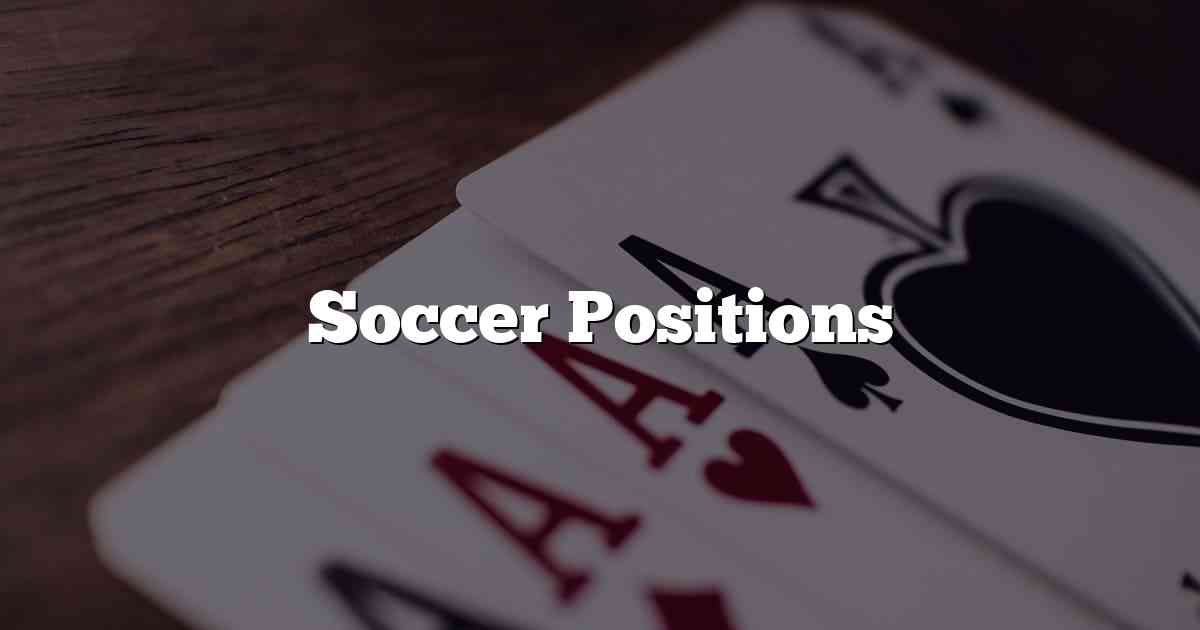The term “soccer positions” encompasses the various roles players occupy on the field, each with unique responsibilities and skills. From defenders protecting their goal to forwards scoring goals, every position is crucial to a team’s success. In this article, we’ll explore the main soccer positions, their characteristics, and how they contribute to the overall strategy of the game.
Goalkeeper: The Last Line of Defense
The goalkeeper is the only player allowed to handle the ball within the penalty area. This position requires quick reflexes, excellent positioning, and strong leadership to organize the defense. Goalkeepers often make split-second decisions, whether diving to stop a shot or racing off their line to intercept a through-ball. They must also be adept at distributing the ball to initiate counterattacks and maintain possession for their team.
Defenders: The Backbone of the Defense
Defenders play a vital role in preventing the opposition from scoring. They are usually categorized into center-backs, full-backs, and wing-backs.
- Center-Backs: Positioned in the center of defense, these players are responsible for marking strikers and blocking shots. They must be strong in the air and possess excellent tackling and positioning skills.
- Full-Backs: Positioned on the left and right flanks, full-backs are tasked with stopping wingers and providing width in attack. Their ability to overlap and deliver crosses is crucial.
- Wing-Backs: A hybrid between full-backs and wingers, wing-backs operate in formations with three central defenders. They cover the entire flank, contributing to both defense and attack.
Midfielders: The Engine Room
Midfielders link the defense and attack, controlling the flow of the game. Different types include:
- Defensive Midfielders: They shield the defense by breaking up opposition play and initiating attacks with accurate passing.
- Central Midfielders: They balance defensive and offensive duties, often dictating the tempo and distribution of play.
- Attacking Midfielders: Positioned closer to the forwards, they create scoring opportunities through incisive passing and intelligent movement.
- Wingers: They provide width, stretching the defense with their pace and crossing ability.
Forwards: The Goal Scorers
Forwards are responsible for finishing attacks and scoring goals. Different types include:
- Strikers: Positioned at the tip of the attack, they focus on finding spaces to shoot and scoring goals.
- Second Strikers: They operate just behind the main striker, providing creativity and linking up play with the midfield.
- Wingers: In some systems, wingers are considered forwards due to their advanced positioning and scoring contributions.
Soccer Positions: Conclusion
Understanding soccer positions is essential for appreciating the strategic complexity of the game. Each position requires unique skills, and players must work together to create a cohesive and balanced team. Goalkeepers, defenders, midfielders, and forwards all contribute to the collective effort, whether by stopping goals or scoring them. By knowing the roles and responsibilities of each position, fans and players alike can better analyze and enjoy the beautiful game.







